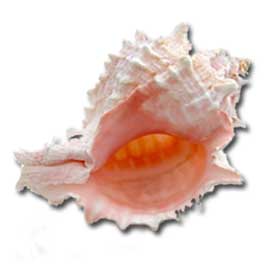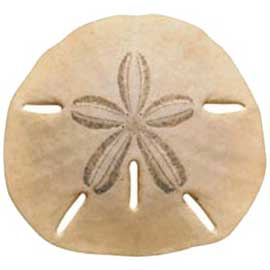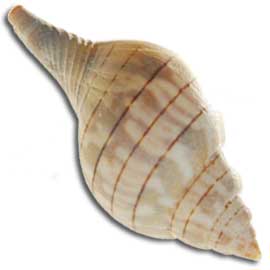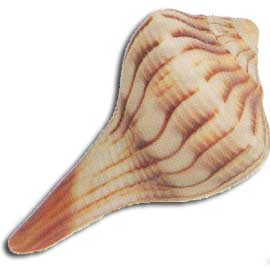Beach Restoration
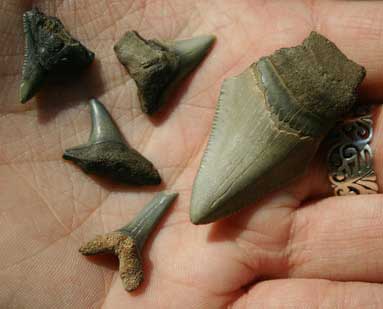
Beachfront communities in Florida maintain and restores their beaches on a regular basis. In many communities a Beach Cleaner can be seen raking the sand clean and free of debris almost every day.
On average, beach restoration will take place about every 10 years at ten million dollars each time. If you never seen beach restoration done, it is definitely a sight to see.
Florida's Barrier Islands
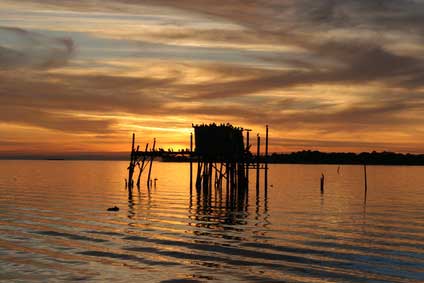 Barrier islands make up more than 700 miles of Florida’s coastline. They are naturally formed by shifting sands that build upon an existing sandbar to eventually form an island. The sand that has accumulated above the water surface becomes the home for the drifting seeds of beach plants.
Barrier islands make up more than 700 miles of Florida’s coastline. They are naturally formed by shifting sands that build upon an existing sandbar to eventually form an island. The sand that has accumulated above the water surface becomes the home for the drifting seeds of beach plants.

